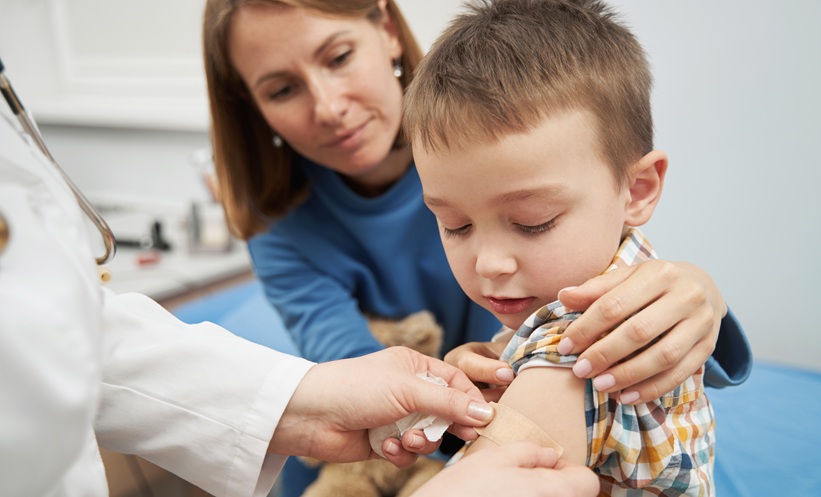BEHAVIOURAL differences between male and female cells during the process of cell reprogramming are linked to the varying number of X chromosomes that each cell has, according to researchers from KU Leuven, Leuven, Belgium, and University of California Los Angeles (UCLA), California, USA. The research could aid the development of more effective therapies in the future.
Cell Reprogramming
Cell reprogramming, a technique that enables the creation of stem cells, known as iPS cells, from cells on a patients’ body, is revolutionising healthcare because the iPS cells can be transformed into almost any specialised cell type of the human body. In this study, the researchers investigated the different stages of the process and compared the behaviour of male and female cells.
Sex Differences
They discovered that the distinct number of X chromosomes depending the sex of the cell caused different behaviours. Dr Vincent Pasque, KU Leuven, explained: “In a normal situation, one of the two X chromosomes in female cells is inactive. But when these cells are reprogrammed into iPS cells, the inactive X becomes active. So the female iPS cells now have two active X chromosomes, while males only have one. We now know that this explains the different behaviour of male and female cells after reprogramming because, over time, female cells lose one of the two X chromosomes and start behaving more or less like male iPS cells.”
DNA Methylation
The team found that the most pronounced variations between male and female iPS cells occur in a key epigenetic process: DNA methylation. Here it was discovered that DNA methylations are erased in female iPS cells but not in male. The research also indicates that specific control switches on DNA, called enhancers, are involved in iPS cell development.
New Treatments
It is hoped the findings will ultimately help facilitate the creation of novel and more effective treatments for a range of conditions. Dr Pasque added: “Our results show that studying male and female cells separately is key to a better understanding of how iPS cells are made. And we really need to understand the process if we want to create better disease models and to help the millions of patients waiting for more effective treatments.”
James Coker, Reporter
For the source and further information about the study, click here.








